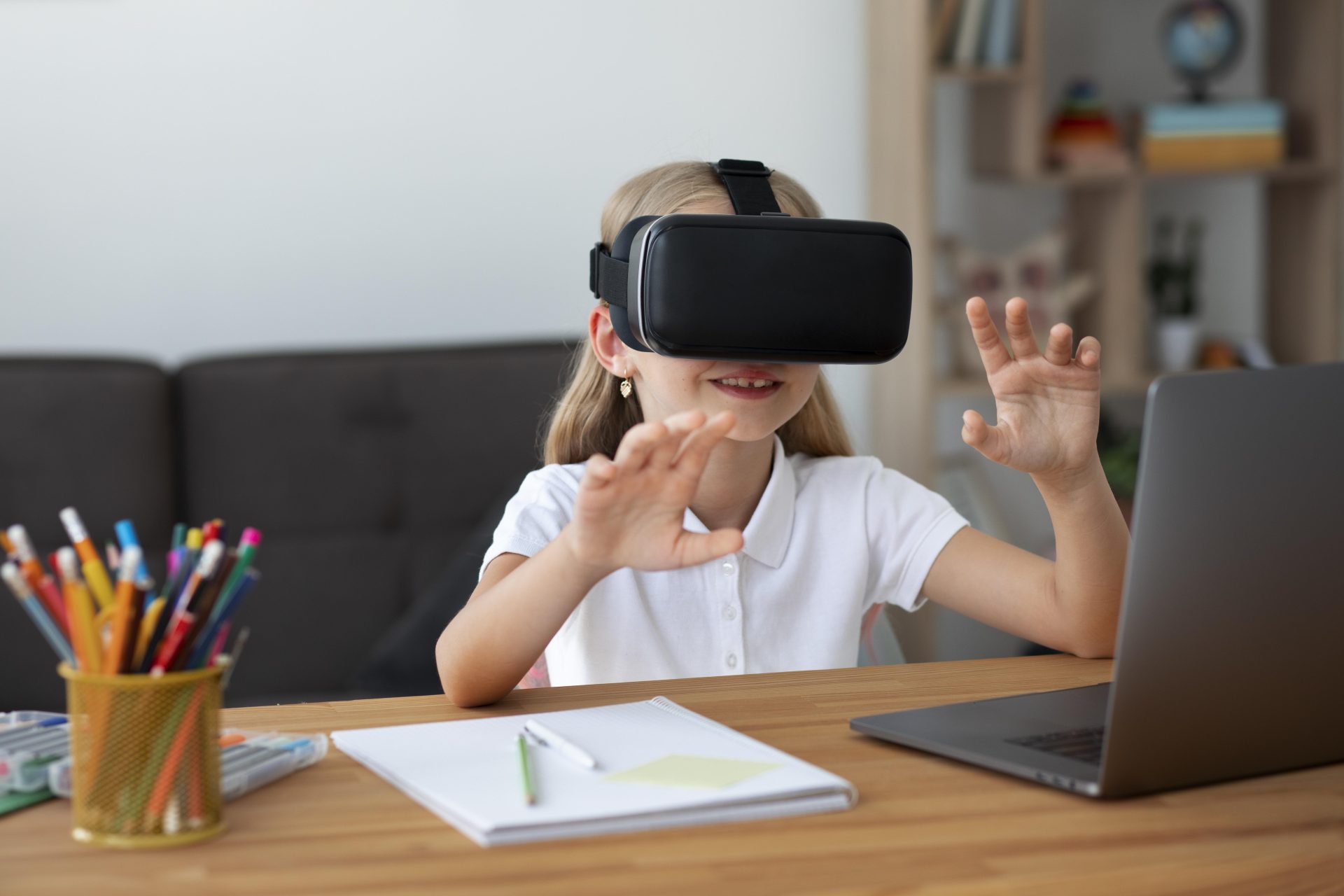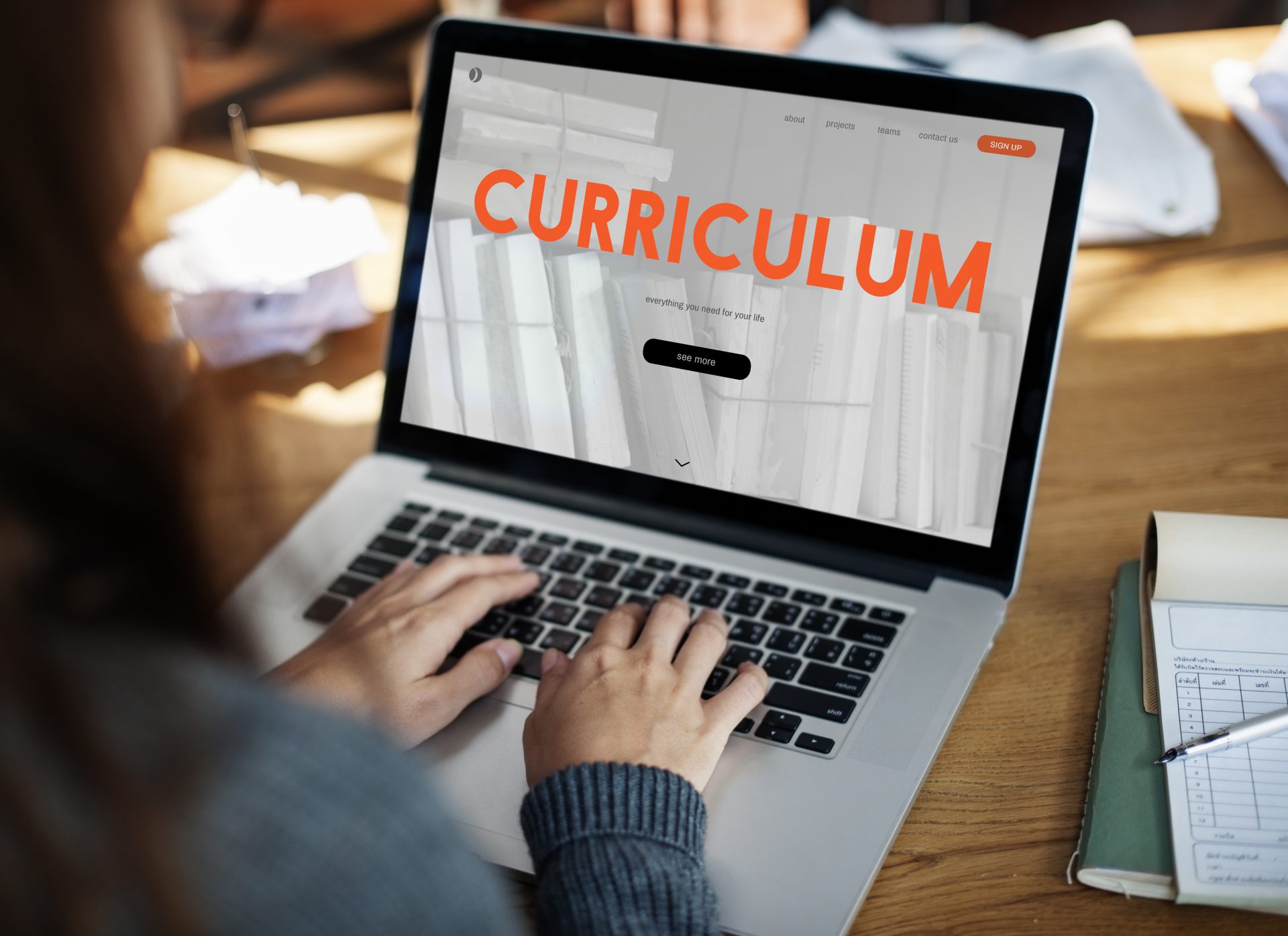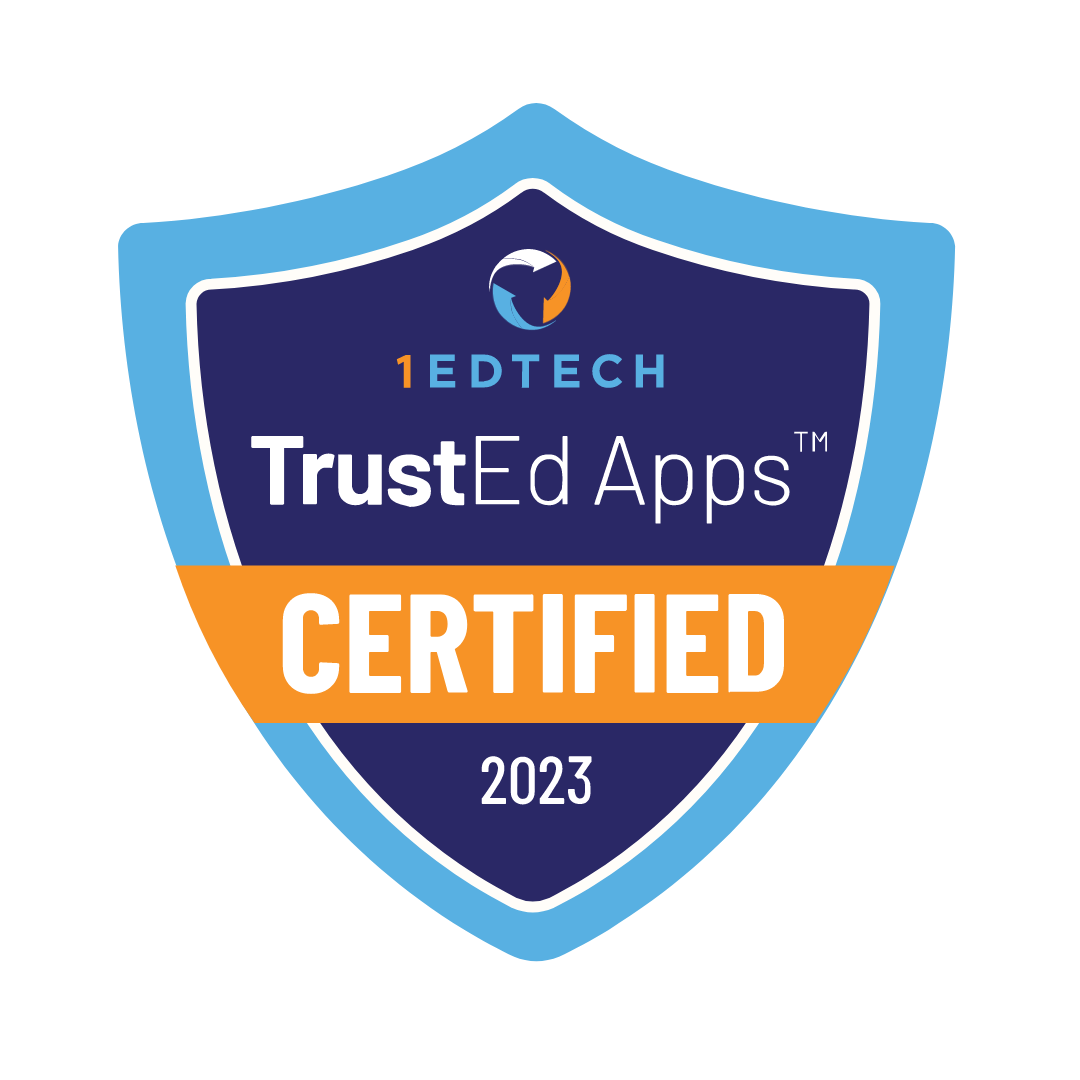Contents
- 1 The Pros and Cons of Online Schooling
- 2 Innovations in Educational Technology
- 3 The Impact of Gamified Educational Content
- 4 Facilitation of Interactive and Adaptive Learning Experiences
- 5 Enhancing Communication in a Remote Learning Environment
- 6 Review of Online Curriculum & Learning Resources
- 7 A Day in the Life of an Online Student
What is distance learning? Distance learning is a form of education where the main elements include physical distance between teachers and students during classes. Distance learning includes usage of various technologies to facilitate student-teacher and student-student communication during their online education.
2024 promises a bright and dynamic future for online education, where maintaining flexibility will become an essential component. Students can learn at their convenience without being confined to a traditional classroom with advances in technology. Technology provides resources from accessible lessons to interactive educational tools through digital learning. The transition to digital learning does contain challenges: internet connectivity, motivation, and mental health issues. All of the challenges can be compared to turning the pages of a book that writes itself.
Check out our distance learning offers on our “Academics” tab! Legacy Online School offers programs for kids of all ages.

The Pros and Cons of Online Schooling
Online education provides a world of possibilities for students with flexibility, new resources, and personalized learning. Notable challenges include social isolation, technical difficulties, and the requirement of strong self-discipline.
The Pros of Online Schooling
| PRO | WHY IS IT A PRO? |
| Flexibility |
|
| Access to resources |
|
| Personalized learning opportunities |
|
The Cons of Online Schooling
| CON | WHY IS IT A CON? |
| Social isolation |
|
| Technical difficulties |
|
| Self-discipline |
|
Innovations in Educational Technology

The field of education went through significant changes in 2024 thanks to modern technological advancements such as integration of artificial intelligence. Artificial intelligence-based personalized learning platforms have revolutionized the way she students learn by providing personalized education experience. Personalized experience adapts to their needs and pace but also identifies their style, strengths, and areas to improve.
Artificial intelligence brings in the possibility of using Virtual Reality and Augmented Reality as tools for education.
Virtual Reality (VR) is a computer generated environment that creates scenes by using 3D technology to make realistic and immersive experiences with the usage of special VR helmets or headsets.
Augmented Reality (AR) is an interactive experience that composes the real world environment by using computer-generated perceptual information. AR uses software, apps, and hardware like AR glasses.
Virtual and augmented reality tools became a powerful tool for immersive, interactive learning experience. Both VR and AR help students learn science concepts as if they are present in the laboratory or help them travel back in time to see historical events firsthand.

The Impact of Gamified Educational Content
Gamification of education content is a majority technological innovation. This innovation leads to a more enjoyable learning process and better knowledge memorization. Gamefied education increases student engagement and motivation by incorporation game elements into learning materials.
According to the research done by Alexander Topîrceanu from University of Timisoara, students who utilize gamified education show increased concentration, higher levels of motivation, and persistence in achieving their learning goals.
Alexander states below.
“Homework completion rate for the gamified lot was 56.25% compared to 18.5% of the control group.”
– Alexander Topîrceanu, University of Timisoara on his Gamified Learning study.
Facilitation of Interactive and Adaptive Learning Experiences
Diverse technological advances facilitate interactive and adaptive learning, which provides dynamic exchange between teachers and students. Real-time feedback and support encourages students to actively participate in their own learning process. Artificial Intelligence algorithms predict learning needs and adapt instructional strategies to optimize learning outcomes for students.
The education sector is on the cusp of a new era by embracing EdTech-driven changes. Society characterizes the new era with personalized, immersive and engaging learning experiences where education is changing. Changes in educational institutions adapt to new technological marvels and fosters creativity, critical thinking, and collaboration among students.
Innovating technologies reach unprecedented heights in distance learning for personal growth and academic achievement in 2024.
Enhancing Communication in a Remote Learning Environment
Creating strong bonds between students and instructors becomes essential in online classes where physical space does not exist. Traditional education is based on group discussions and individual guidance, which can be transferred into online classes.
Technology and its mimicking of real-world interactions becomes the prime key to good communication in remote settings. Zoom and Google Meet are the backbone of video conferencing with their ability to see and talk to each other in real life. Teachers can explain concepts face-to-face and students actively participate in the process by using video conferencing. Students can ask questions and collaborate on projects by using Zoom/Google Meet. Microsoft Teams and Google Workspace provide students with group projects, shared documents, and real-time editing.
Instant messages applications assist online schools with quick inquiries and casual communication. Students can message each other in a virtual class to foster communication among peers to build community. Quick messaging as communication helps combat isolation of distance learning by letting them socialize online.
Students can work together using digital tools for a science project and share their findings in real time. Teachers can hold virtual office hours on online platforms such as Google Meet and Zoom to provide help and guidance to students who need it. Online office hours solves a common problem where students may feel disconnected from their teachers.
By utilizing these technological communication tools, education can replicate the interactive nature of traditional classrooms in virtual classes. Virtual classes create a distance learning environment conducive to student success by diving into digital resources and innovative curricula.
Review of Online Curriculum & Learning Resources
The availability of correct learning materials in distance learning plays a critical role in success. Online environment requires materials to be presented to directly affect students’ engagement and understanding. Online learning programs are often designed with both engagement and understanding as factors in mind. There are offers of engaging, interacting, and comprehensive content in distance learning. This type of content caters to different learning styles to support a wide range of students.
Online learning programs incorporate a variety of multimedia resources such as images, videos, and audio clips to engage students visually and aurally. Online programs help students with internalizing complex concepts more effectively by bringing both visual and auditory ways of engagement. For example, instead of just reading, students can see diagrams or they can watch short videos to make abstract concepts feel real. Combination of visual and auditory interaction is crucial as it maintains student interest and promotes comprehension.
Adaptive learning modules become another key aspect of online learning programs because they are customized based on a student’s progress and grade level. Struggling students can get more practice in some areas while advanced students do not face extra difficulty. Adaptive learning modules are not always possible in traditional classrooms and it offers a personalized way to learn.
Adaptive learning modules include written materials: e-books, instructional videos, interactive simulations, and access to digital libraries. The abundance of written materials allows for varied content that can be tailored to different preferences and learning styles. As an example, visual learners may like videos while others prefer simulations or images.
An example of adaptive learning styles assisting students is when a physics student will find interactive simulations useful. He or she can conduct virtual experiments instead of using only textbooks.
Interactive experiences foster deeper understanding and curiosity in students.
Review of online learning programs and educational resources show that they contain a rich set of material to help engage students through a variety of means. For example, gamification of their material and homework led to an increase of 67.7% in students who found gamified content more engaging compared to traditional school according to Jared R. Chapman’s and Peter J Rich’s study.
Personalized learning experience tailored to individual needs makes learning fun but also supports different learning styles in the always-changing online education.
It is vital for parents to understand how students navigate their digital classrooms, which will be the next topic of discussion of homeschooling.
Check out Legacy Online School curriculum now to see what you can expect from us compared to other online schools!

A Day in the Life of an Online Student
| TASK | EXPLANATION | BENEFITS |
| Schedule Virtual Classes | Students attend their virtual classes by using their laptop just like they would arrive at the traditional classroom. | No rush to buses, trains, or walks under bad weather. |
| Interactive Discussions and Collaborative Projects | Students will chat with everyone similarly to a traditional classroom where they can share thoughts about topics, raise questions, and have debates by using collaboration tools or video conferences (Google Meet/Zoom). | Capability to speak to a variety of students from across the world. |
| Independent Study Time | Personal assignments to nurture a student’s self-discipline and time management where they can balance their screen times and break time. | Establish a healthy routine and capability to take walks to step away from screen usage. |
Being an online school student is not that different from being a student at a traditional school. The big difference is that the campus will be inside their computer instead of their campus being outside. The future holds exciting possibilities for distance learning. The horizon promises intriguing predictions for 2024 education.
It’s time to dive deeper into understanding homeschooling!
Check out Legacy Online School programs to find what you need:
- Legacy Online School’s elementary school program sets the bar high. This is a quality education. We strive to ignite curiosity. We also strive to foster creativity. We offer a strong curriculum. We are assisted in this by qualified educators.
- Legacy Online Middle School provides digital education. It is designed for middle school students. The school prides itself on offering live online classes taught by certified teachers. The classes are online and interactive.
- Legacy Online High School is a unique method of online learning carefully designed for high school students. It combines synchronous learning, a wide range of pedagogical methods, and an emphasis on accessibility.
Legacy online school offers the best curriculum for you and your child to get the best online educational experience.
Our rigorous curriculum ensures that graduates are well prepared for universities and workplaces around the world. In addition, our vibrant virtual clubs connect students all around the world.





